Nano Mechanics and Materials —— Theory, Multiscale Methods and Applications
----- 纳米力学与材料:理论、多尺度方法与应用
Preface. 1. Introduction. 1.1 Potential of Nanoscale Engineering. 1.2 Motivation for Multiple Scale Modeling. 1.3 Educational Approach. 2. Classical Molecular Dynamics. 2.1 Mechanics of a System of Particles. 2.2 Molecular Forces. 2.3 Molecular Dynamics Applications. 3. Lattice Mechanics. 3.1 Elements of Lattice Symmetries. 3.2 Equation of Motion of a Regular Lattice. 3.3 Transforms. 3.4 Standing Waves in Lattices. 3.5 Green's Function Methods. 3.6 Quasistatic Approximation. 4. Methods of Thermodynamics and Statistical Mechanics. 4.1 Basic Results of the Thermodynamic Method. 4.2 Statistics of Multiparticle Systems in Thermodynamic Equilibrium. 4.3 Numerical Heat Bath Techniques. 5. Introduction to Multiple Scale Modeling. 5.1 MAAD. 5.2 Coarse Grained Molecular Dynamics. 5.3 Quasicontinuum Method. 5.4 CADD. 5.5 Bridging Domain. 6. Introduction to Bridging Scale. 6.1 Bridging Scale Fundamentals. 6.2 Removing Fine Scale Degrees of Freedom in Coarse Scale Region. 3D Generalization. 6.3 Discussion on the Damping Kernel Technique. 6.4 Cauchy-Born Rule. 6.5 Virtual Atom Cluster Method. 6.6 Staggered Time Integration Algorithm. 6.7 Summary of Bridging Scale Equations. 6.8 Discussion on the Bridging Scale Method. 7. Bridging Scale Numerical Examples. 7.1 Comments On Time History Kernel. 7.4 Two-Dimensional Wave Propagation. 7.5 Dynamic Crack Propagation in Two Dimensions. 7.6 Dynamic Crack Propagation in Three Dimensions. 7.7 Virtual Atom Cluster Numerical Examples. 8. Non-Nearest Neighbor MD Boundary Condition. 8.1 Introduction. 8.2 Theoretical Formulation in 3D. 8.3 Numerical Examples - 1D Wave Propagation. 8.4 Time History Kernels for FCC Gold. 8.5 Conclusion on the Bridging Scale Method. 9. Multiscale Methods for Material Design. 9.1 Multiresolution Continuum Analysis. 9.2 Multiscale Constitutive Modeling of Steels. 9.3 Bio-Inspired Materials. 9.4 Summary and Future Research Directions. 10. Bio-Nano Interface. 10.3 Vascular Flow and Blood Rheology. 10.4 Electrohydrodynamic Coupling. 10.5 CNT/DNA Assembly Simulation. 10.6 Cell Migration and Cell-Substrate Adhesion. 10.7 Conclusions. Appendix A: Kernel Matrices for EAM Potential. Bibliography. Index.
{{comment.content}}

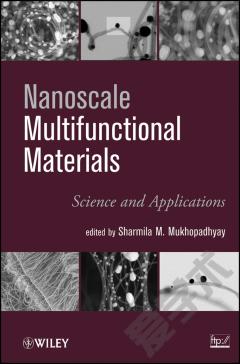
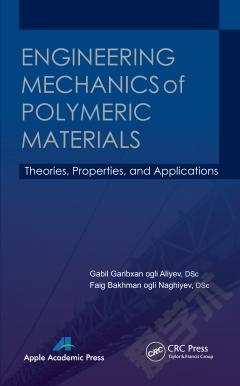

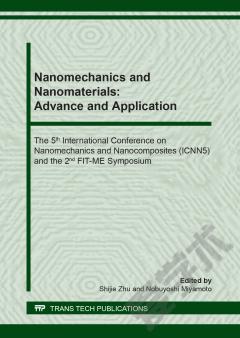
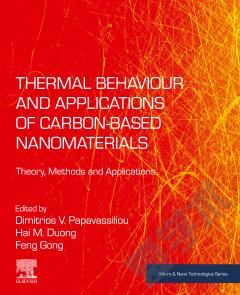
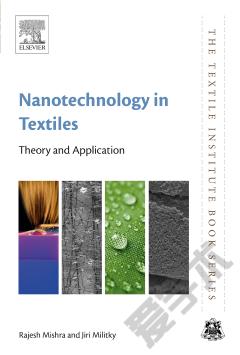

 京公网安备 11010802027623号
京公网安备 11010802027623号